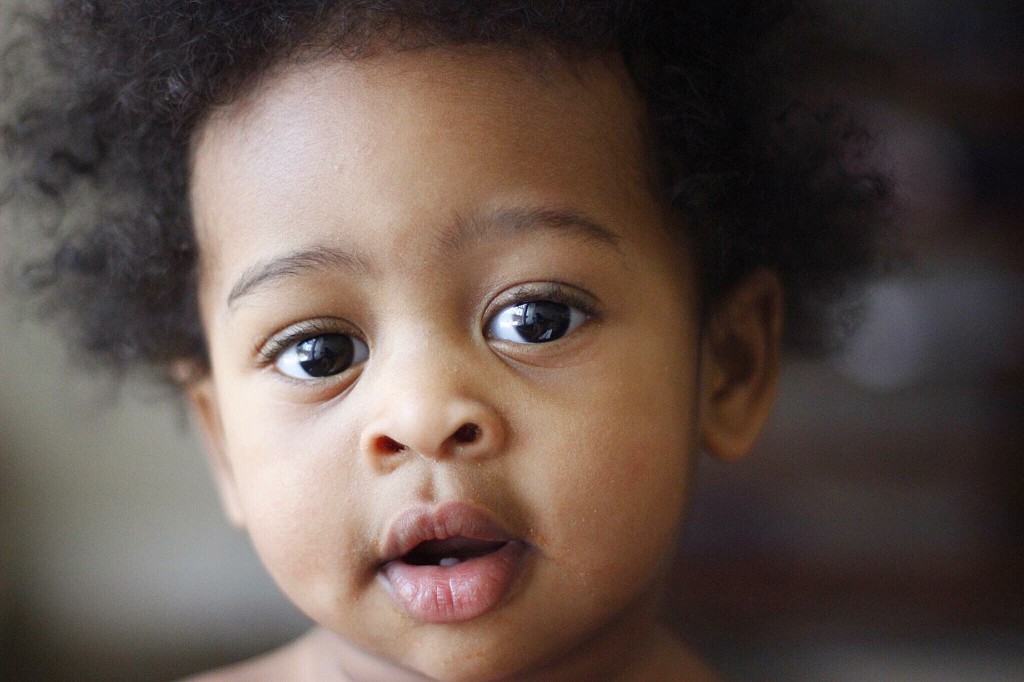*Did you know?
- 78% of all people who die by suicide are male.
- Although more women than men attempt suicide, men are nearly 4x more likely to die by suicide.
- Suicide is the 2nd leading cause of death among people aged 10–34 and the 10th leading cause of death overall in the U.S.
- The overall suicide rate in the U.S. has increased by 35% since 1999.
- 46% of people who die by suicide had a diagnosed mental health condition.
- While nearly half of individuals who die by suicide have a diagnosed mental health condition, research shows that 90% experienced symptoms.
- Annual prevalence of serious thoughts of suicide, by U.S. demographic group:
- 4.8% of all adults
- 11.8% of young adults aged 18-25
- 18.8% of high school students
- 46.8% of lesbian, gay, and bisexual high school students
- Some of the highest rates of suicide in the U.S. are among American Indian/Alaska Native and non-Hispanic white communities.
- Lesbian, gay and bisexual youth are 4x more likely to attempt suicide than straight youth.
- Transgender adults are nearly 12x more likely to attempt suicide than the general population.
- Suicide is the leading cause of death for people held in local jails.
*Data from CDC, NIMH, and other select sources.
I think this data is alarming. Do you? Does it make you uncomfortable? Sometimes when you read disturbing stories, do you just want to set them aside and not think about them? What if you did something about it to help resolve your discomfort?
Even if all you do is click the Did you know link and educate yourself, you have done something to help prevent suicide. It could be your own child’s life that you save.
Thank you for caring. Ready to share what you have learned with others? September is Suicide Prevention Month. Check out what people are doing to make a difference.
- American Foundation for Suicide Prevention: AFSP School and Community Programs
- National Alliance on Mental Illness: NAMI Suicide Prevention Awareness Month Resources
- Suicide Prevention Lifeline: #BeThe1To #BeThe1To
- Suicide Prevention Resource Center: SPRC Suicide Prevention Month - Ideas for Action 2021.
 A
Culture of Caring: A Suicide Prevention Guide for Schools (K-12) was
created as a resource for educators who want to know how to get started and
what steps to take to create a suicide prevention plan that will work for their
schools and districts. It is written from my perspective as a school principal
and survivor of suicide loss, not an expert in psychology or counseling. I hope
that any teacher, school counselor, psychologist, principal, or district
administrator can pick up this book, flip to a chapter, and easily find helpful
answers to the questions they are likely to have about what schools can do to
prevent suicide.
A
Culture of Caring: A Suicide Prevention Guide for Schools (K-12) was
created as a resource for educators who want to know how to get started and
what steps to take to create a suicide prevention plan that will work for their
schools and districts. It is written from my perspective as a school principal
and survivor of suicide loss, not an expert in psychology or counseling. I hope
that any teacher, school counselor, psychologist, principal, or district
administrator can pick up this book, flip to a chapter, and easily find helpful
answers to the questions they are likely to have about what schools can do to
prevent suicide.


